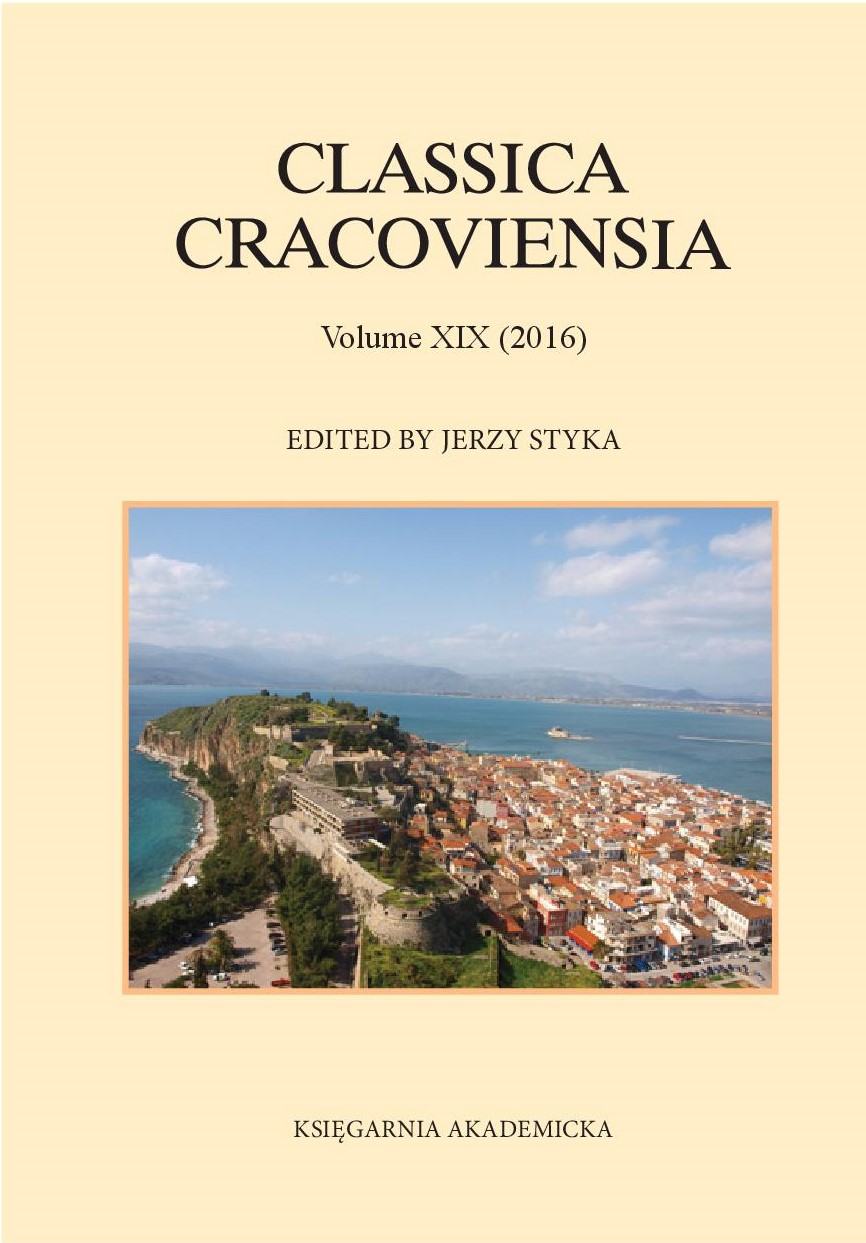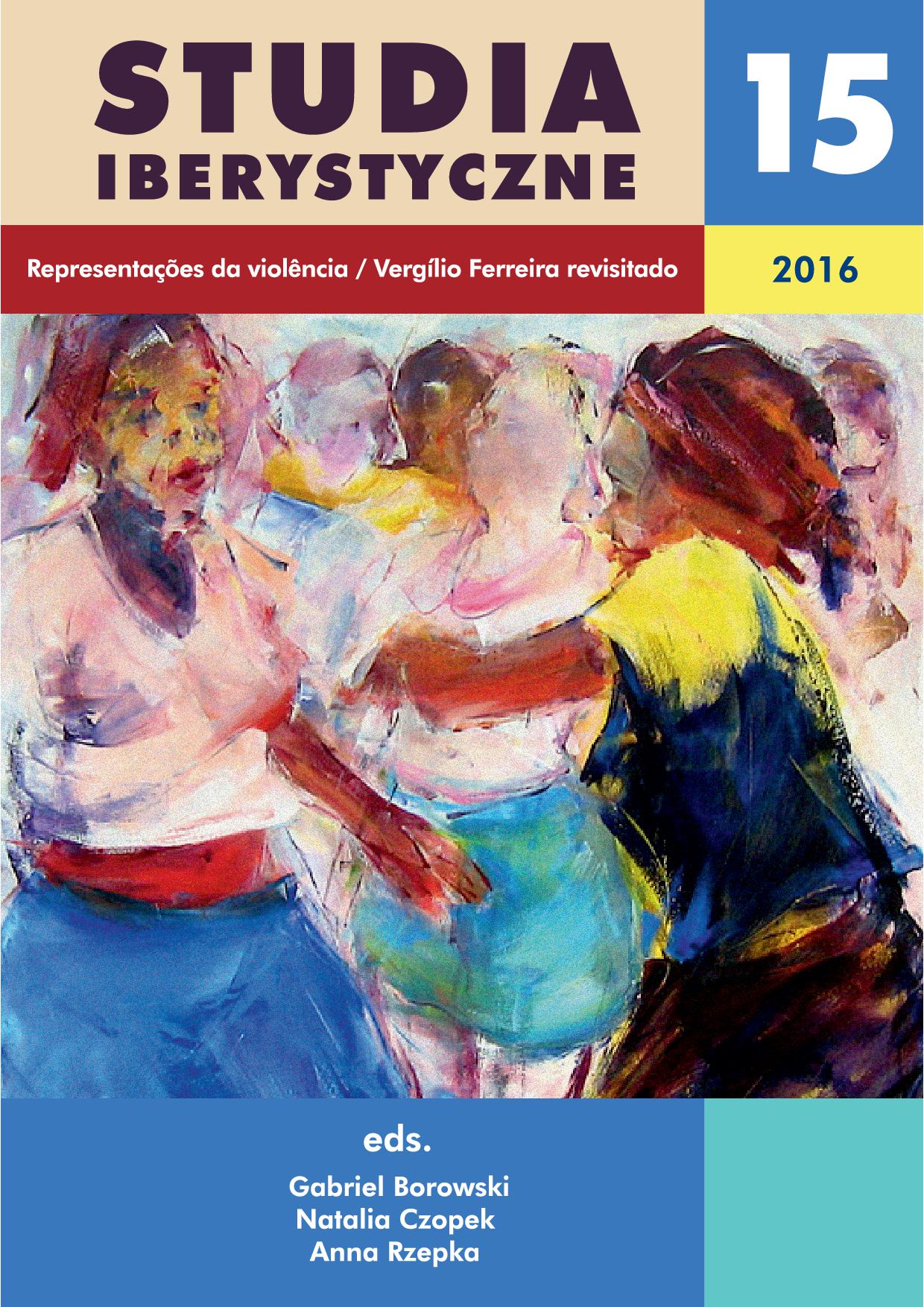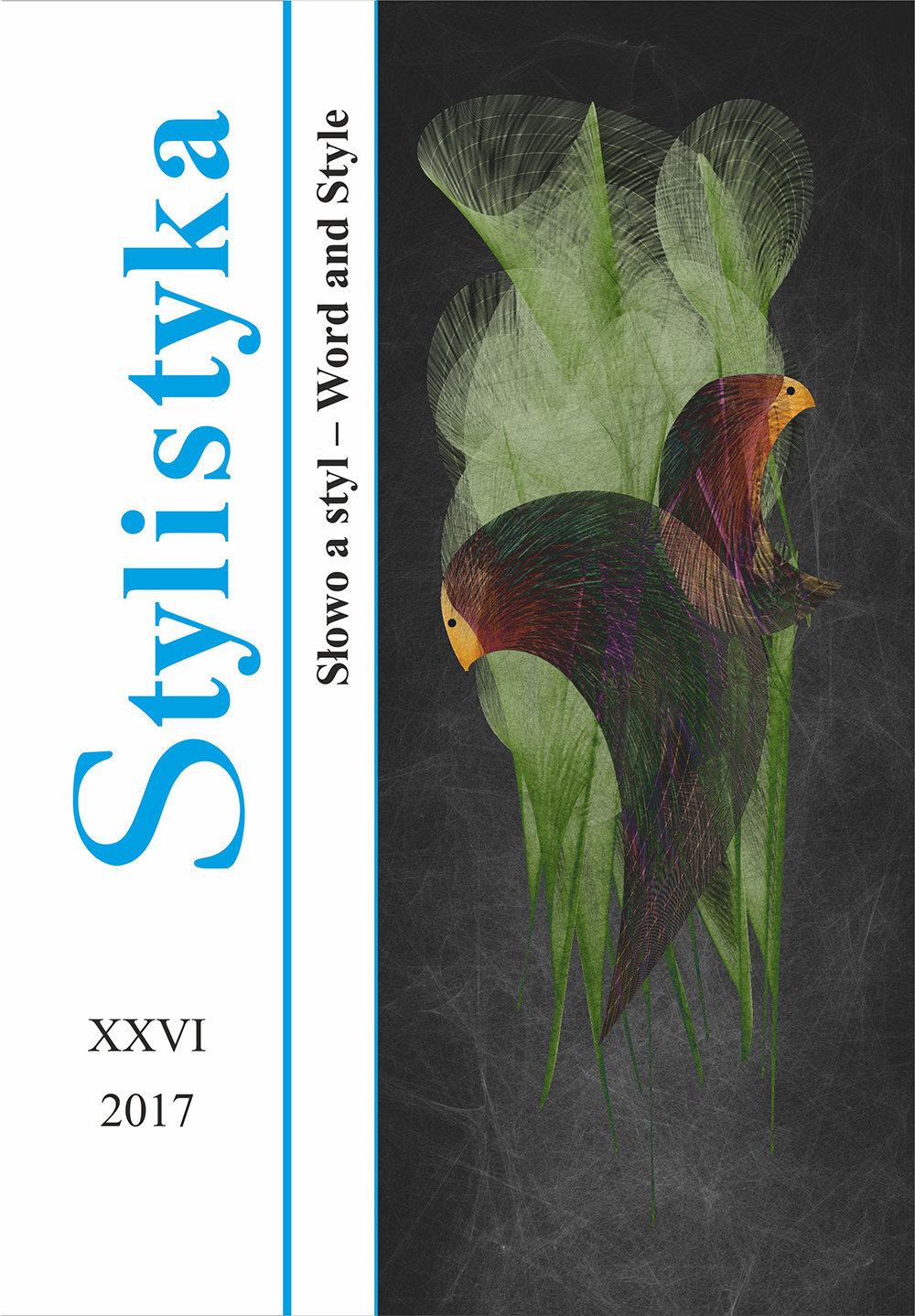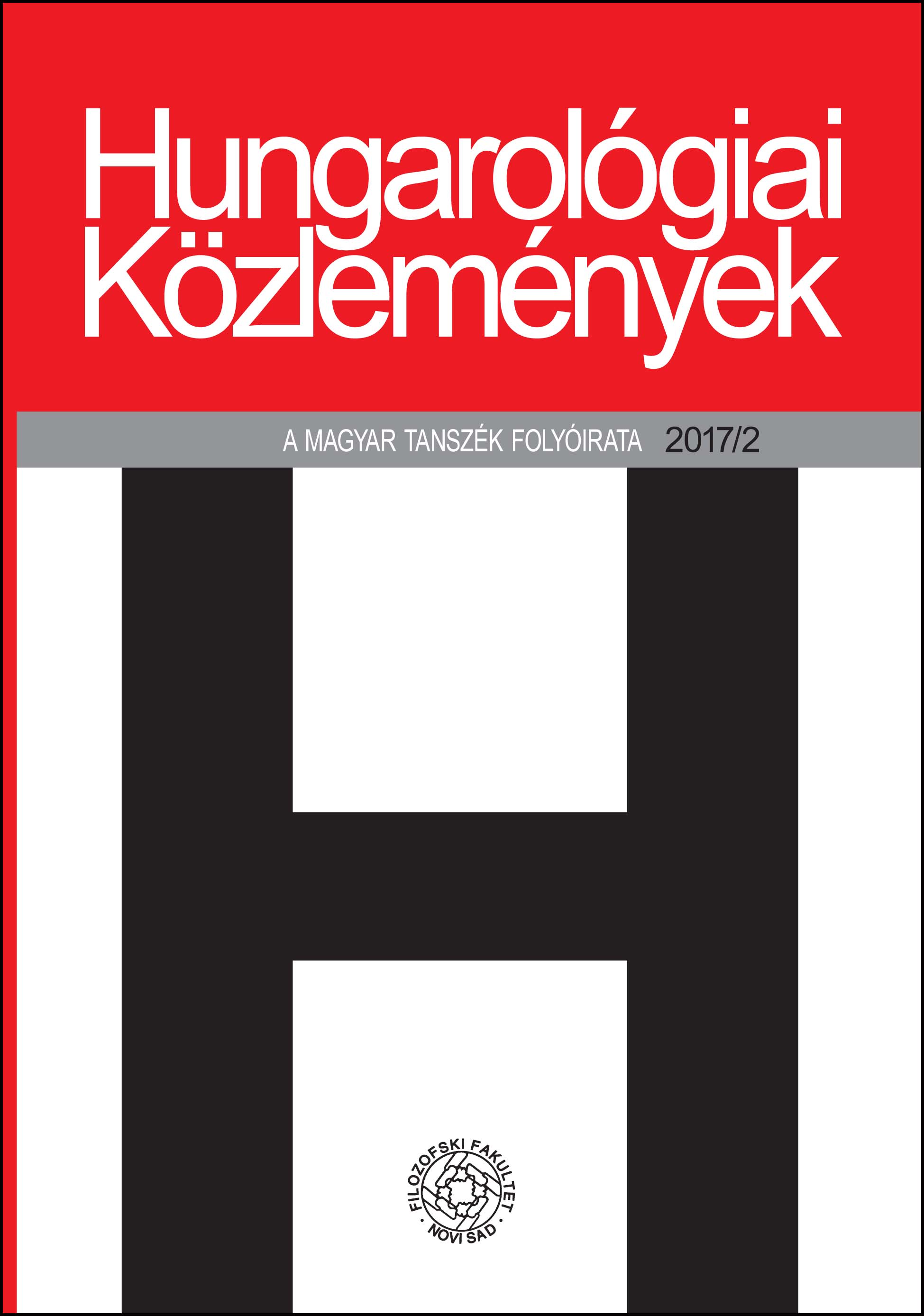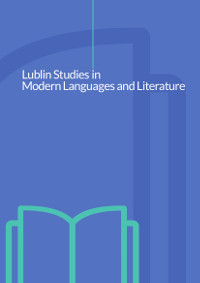
A Study of Suffering and Martyrdom in Islamic Ta'ziya and Christian Passion Plays
The theme of suffering and martyrdom occupies a central place in the history of religion from the earliest time. In the myths of the ancient Near East, the hero is slain, but his death, then, guarantees the revival of life. Sacrifice is a means of reaching higher and loftier stages of life; the Biblical and Qur'anic story of Abraham, who so deeply trusted God that he, without questioning, was willing to sacrifice his dear son, points to the importance of such sacrifice. Greek theater, on the other hand, grew out of a religious festival, and was often concerned with the deepest questions about morality and the relationship between mortals, gods, and fate. It was theoretically a temple of the god Dionysus, with his altar in the center. Church history is also rich in examples of art enhancing religious teaching. From the beginning of early churches through the Middle Ages and beyond, people interact with images, music, ritual symbols and drama. Mystery, Miracle, Morality, which developed successively, have led to the creation of what is called now “the passion plays of Christ”. The passion play is a dramatic presentation which depicts Jesus Christ's passion, his trial, suffering, and death. It is a traditional part of Lent in several Christian denominations, particularly in Catholic tradition. The counterpart of the Christian Passion play in Islamic tradition is the “Ta'ziyeh” which means Condolence Theatre. It commemorates the martyrdom of Imam Hussein, grandson of Prophet Muhammad. As Christ gave his life as a sacrifice for the sake of humanity, Imam Hussein is seen as having sacrificed himself for the sake of Islam. In both traditions the theme of martyrdom is celebrated through literature.
More...
